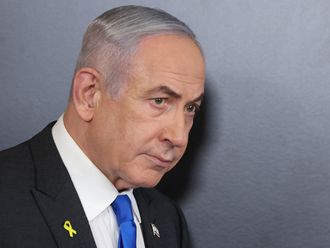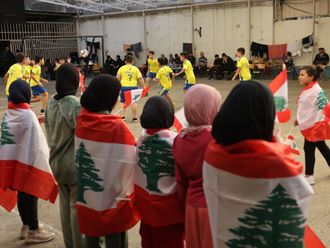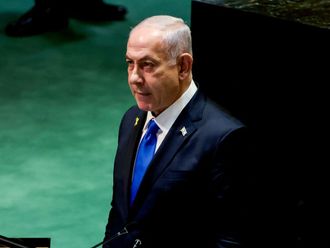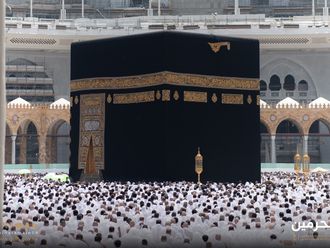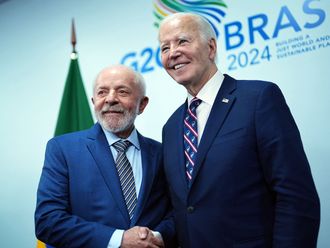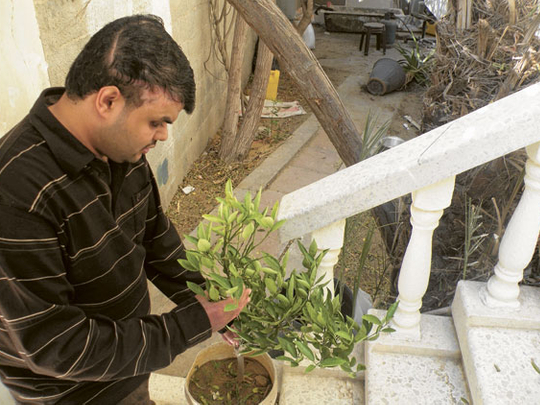
Gaza: It has become clear that not even two whole years after the war on Gaza are enough to either heal the pain or reduce the sorrow of those residing in this afflicted strip. One of such families is that of Al Haddad.
In southern Tel Al Hawa, 26-year-old Mohammad Al Haddad lives in a four-storey building along with his 18-year-old brother, Salam. In the 2008 Israeli offensive in Gaza, the rest of his family members were killed.
There is complete silence in the normally chaotic house, with the only sound of a chirping canary coming from one of the rooms.
"We were mistaken to believe we were safe here," Al Haddad told Gulf News.
Tel Al Hawa, in south eastern Gaza City, had always been a relatively affluent residential area with wide streets and multi-storey apartment buildings when the Israeli army resolved on advancing into this neighbourhood with troops and tanks on the January 14, 2009.
During the war, the Israeli army used to announce three hours of a temporary ceasefire so that Gazans could buy their basic needs.
"On January 15, my younger brother Salam did not mind waiting for the announcement of the Israeli army concerning the temporary ceasefire at 1:00 pm, but rather set off to my grandfather's house early in the morning. Just as we got into our car and drove no more than 100 meters from our home to the intersection at the end of the street, when we were hit," Al Haddad recounted.
"The power of the explosion flung me far from the car where I lost consciousness and later found myself in the hospital," he said.
"Our neighbours later told us that he was struggling to reach the car but was prevented and taken to the hospital instead while others tried to put out the fire with no success," Al Haddad's uncle Sami said.
In hospital
Al Haddad lost his left eye, fractured his jaw, and suffered from third degree burns on his legs, hands and forehead. He remained in the hospital for four months after the incident.
After two years of recovery, Al Haddad is just not returning to complete his studies in the university. His relatives visit him and his aunt brings him homecooked meals.
Since the beginning of the second Intifada in 1999, Israeli troops have injured more than 12,000 Palestinians in the Gaza Strip. Almost half of this number was a result of the Israeli offensive at the end of 2008.
Most Palestinians had to seek treatment abroad through charitable offers, but most injured people living in Gaza cannot afford proper treatments and rehabilitation services.
"The Israeli army shoots with the intention to either kill or handicap. In fact, the majority of the Palestinians wounded either become handicapped or disfigured; a lot of them can't afford the costs of medical treatments while others can't find it in Gaza,"
Thareef Abdo Al Fatah from Assalama society explained.
"International support helps during major conflicts but it tends to dwindle down during periods of relative calm," he said.
"After the war, several Arab officials took photos with me with the promise of supporting me in both my medical treatments as well as education. However, it's clear that they haven't lived up to their word as much as their benefits," Al Hadded said.


